| Steps for Brewing |
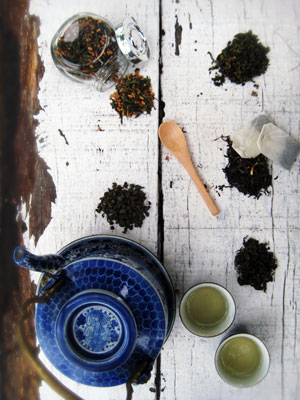 |
|
Preheat the tea pot.
Add 3 grams (1/2 teaspoon) of dry leaves for every 6 ounces (170 ml) of water.
Select the right water temperature
- Oolong tea - around 80C or near boiling point
- Green tea - more gentle, around 65-70C
- Herbal tea - boiling water
(The finer the tea, the lower temperature should be.)
The proper length of time
- Japanese Green Teas: 1-2 minutes
- Chinese Green Teas: 2-3 minutes
- Green Oolong Teas: 2-3 minutes
- Herbal Infusions: 3-6 minutes
|
| |
|
|
| Steps for Blending |
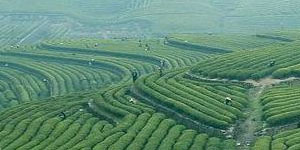 |
|
KNOW YOUR TEAS
Where the tea is from, when it’s harvested and how it is processed will greatly influence what it tastes like. High quality teas grow in high-altitudes so elevation is important. The most important thing the blender must know before starting is how each ingredient tastes independently. There are countless combinations that can be created from tea, herbs, flowers, spices, and fruits. |
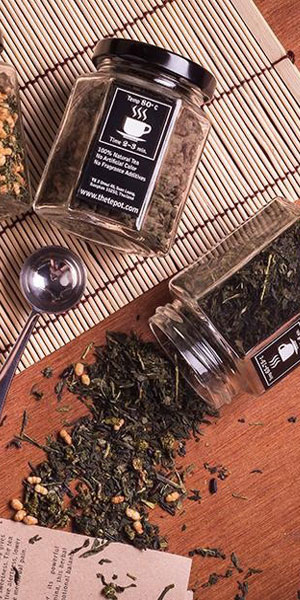 |
|
TEA TYPES
All teas are from the plant Camellia Sinensis, the difference in flavors can be contributed to where they’re grown and how they’re processed.
WHITE: Leaves are never oxidized, just withered and baked dry or air-dried. White teas have a delicate flavor and are usually too expensive to be used as an ingredient for blending.
GREEN: Leaves are steamed, withered, rolled and twisted, and then either re-steamed or pan-fried, which can sometimes give the tea a yellowy-tinge and smoky aroma.
OOLONG: Leaves are withered and then gently tossed in a basket in order to bruise the edges and oxidize them. Leaves are then gathered and rolled under metal plates until they form tiny nuggets.
BLACK: Leaves are completely oxidized by processing them through metal rollers. After the leaves have fully oxidized for up to 18 hours they go through hot-air heaters to seal up the broken leaf veins.
Become familiar with individual scents, tastes, and attributes of the flower, herb, spice, or fruit you are experiementing with. You can start blending them with the tea to achieve certain flavors or benefits.
When blending, measure and keep account of all the ingredients you add so that the end result will contain equal amounts every time you prepare your drink. Consistency in every blend is the key. Measure each ingredient with the same measuring tool. |
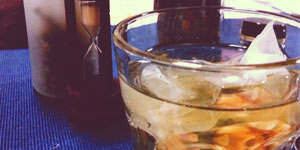 |
|
BREWING
1 - 2 minutes for white tea and Japanese green tea
2 - 3 minutes for oolong and Chinese green tea
3 - 5 minutes for herbal infusions and black tea
Most tisanes (herbal infusions) tend to be very forgiving and won’t strengthen much in flavor after five minutes. |
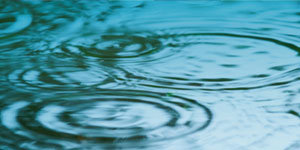 |
|
WATER
Water quality is very important, use water with low minerals and no chlorine.
Never microwave your water and tea. Oxygen in the water help release the essential oils in the leaves. These oils are largely responsible for flavor. Microwaves deplete oxygen and produce a flat and dull cup.
|
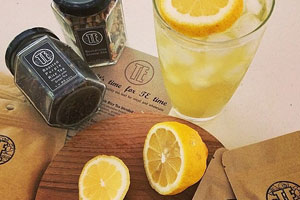 |
|
BLENDING
Trust your palate!
Every tea blend should be balanced and have a dominant flavor and aroma. Keep the blend clean and purposeful. If there’s too much going on, things will cancel each other out and create a messy jumble of flavors.
You can always add tea to a blend, but you can’t take it away, so start with the lower ratio when you’re not certain of strength! |
| |
|
|
|







